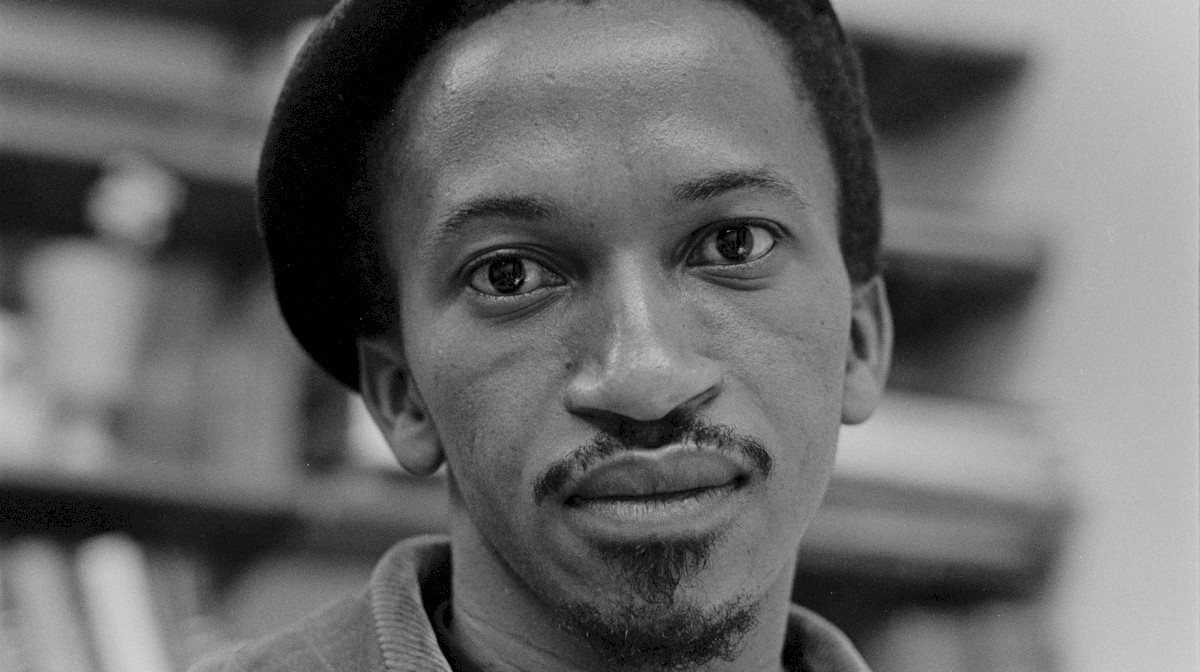Ernest Cole’s chronicle of injustice

“I risked my life every day” - these words recur in his notes like an incantation. A photograph is a state of permanent danger. Every moment of reality captured by Cole is a moment when the world freezes. The photographer collects evidence. The problem is that a painful shadow lingers behind him every step of the way. Wherever Cole goes, the shadow follows him.
A formless monstrosity sensed in these photos takes on various forms, at times hidden, at times expressed directly, institutionalized. A random print: an elegant woman sitting on a bench, next to her a sign: “Europeans only.” In the background, a man sitting on the ground is barely visible. The only difference between them is that he is black and she is white. It is 1967. The “Whites Only” sign reappears in the following photos. Everything is segregated: bus seats, toilets, restaurants. When an emergency call is made, the dispatcher asks about the patient’s race. Whites and blacks are sent to different hospitals. Humiliation becomes part of everyday life.
Ernest Cole shows the reality of South Africa. He began taking photographs in the 1950s when he was still a teenager. “House of Bondage,” published in 1967, is a masterpiece, one of the most significant photobooks of the 20th century; he worked on it for ten years. The series includes 183 photographs; they depict not so much overt violence as the effects of segregation imposed through trickery by the state. Cole would soon be referred to as the chronicler of injustice. The chronicler of Apartheid. In May 1968, the book was banned in South Africa. Cole was already in New York; he had smuggled the negatives across the ocean. He never returned to his country.
“White people hold the power, which means that they are superior to blacks, and the world has innumerable ways of making this difference known and felt and feared,” wrote James Baldwin in his essay “Next Time the Fire” published just before “House of Bondage.” The juxtaposition of Cole and Baldwin seems natural. “Baldwin gave me a voice, gave me the words,” wrote Raoul Peck, the director of “I Am Not Your Negro,” in the introduction to the screenplay book. “Baldwin gave it a name and a shape. I had all the intellectual weapons I needed.” Cole, the protagonist of Peck's new film, illustrated this shape; he gave it a distinct form.
What is most striking about Cole's works from the late 1960s and early 1970s? The photographer greedily absorbs life in all its manifestations. In America, everything is new – every smile, every look. Mixed couples, men holding hands - in South Africa many of these images bore the mark of a crime. Cole felt he had arrived in a completely different world, free of fear and prejudice. “For some reason, we thought they would welcome us with open arms. But we were wrong,” he wrote. “It is an extraordinary experience to live as though life were a punishment for being black.”
Cole succeeded in showing what it means to be black in the white man's world. For many, America had become a synonym for lack of prospects, institutional violence and cruel experiences. Baldwin's essays were called “a grenade thrown into the white world.” Cole's photographs were equally powerful. Each of them reveals something while calling for a violation of the existing arrangements and questioning the great and the good: would you stay silent if you were in our place, if you were punished for speaking out loud about equality? Would the white man not resist?
The fate of Cole's photographs was strange and unpredictable. After his death, more than 60,000 negatives previously thought to be lost were found. Looking at these unknown photos that Cole took in the United States is a unique experience. They document a moment of awakening, during the African-American struggle for civil rights. “Black Pride, Black Power!" slogan was chanted at demonstrations. “Not only do we have the right to be free, we have the duty to be free," preached Martin Luther King. Not much has changed today. Black America remains the issue of Trayvon Martin, Eric Garner, and George Floyd. White is still the colour of privilege, while black is regarded with suspicion. Half a century later, we learn how painfully contemporary both Cole and his photographs are.
Mateusz Demski - journalist, film critic, film expert. His texts are published in “Przekrój” and “Przegląd”, as well as online by Dwutygodnik, Onet.pl, NOIZZ.pl, newonce.net and Mint Magazine. He also writes as a guest contributor for “Gazeta Wyborcza,” “Kino” monthly, “Ekrany” magazine and many more. Up until last year, he was the host of a weekly program on OFF Radio Kraków. He has held several hundred conversations and interviews with award-winning filmmakers at international festivals, including Jonathan Glazer (“The Zone of Interest”), Laura Poitras (“All This Beauty and Bloodshed”), Bong Joon-ho (“Parasite”), the Daniels duo (“Everything Everywhere All at Once”) and Ari Aster (“Beau Is Afraid”).



